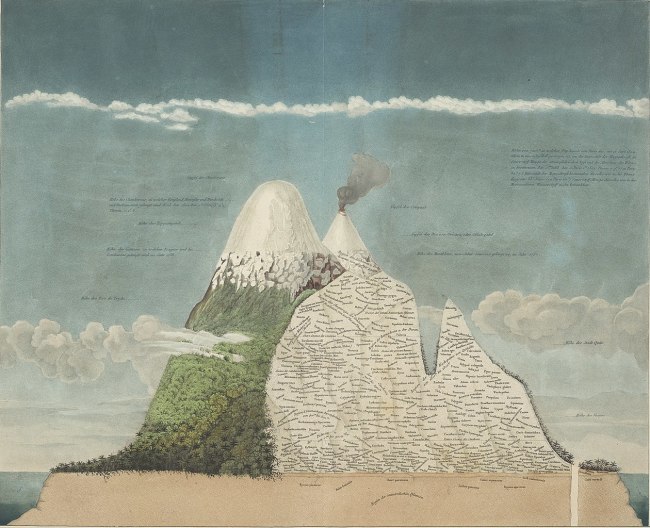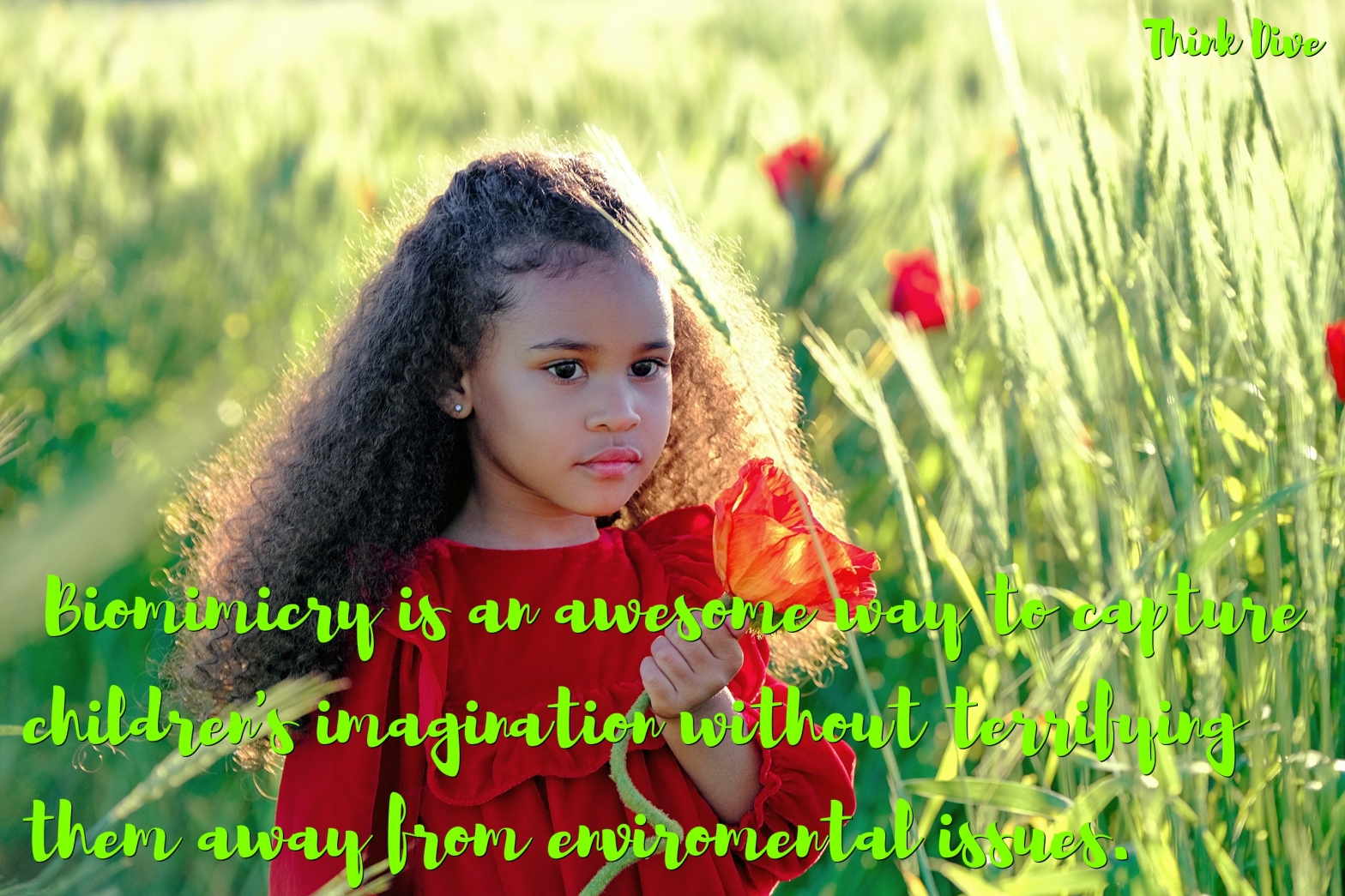The dream was to write a series of books about Theo & Tuva and now the outline for the second book is taking shape. 2020 has been a year filled with challenges, new challenges, but also old familiar problems have been lurking in the background. Greta Thunberg and young climate activistists have not given up and they provide inspiration for characters new adventures.
Thanks to human-caused climate change, countless plants and animals will need to move in order to survive. Climate migration may be disruptive for humans but many animals and plants will not have the options that are open to us.
Svalbald is a Norwegian archipelago in the Arctic Ocean, about midway between continental Norway and the North Pole. Theo & Tuva marvel at the untouched arctic wilderness and unique wildlife with polar bears and seals while they reflect on the impact of climat change. They will visit the seed vault that is designed to protect the world’s plant life.
Plants adapted to living in the Artic may be in real trouble. The Arctic is warming twice as fast as other places on Earth and plants there will not be able to move further north to find new places to grow where there is no competions by shrubs and trees that have adapted to the warmer temperatures. The plants can try to migrate up to the mounsides but eventually they will reach the top or simply run out of land and reach the Arctic Ocean.
How can we help the plants?
Plants have developed surviving strategies for millions of years and if we loose them we might lose the insight to wonderful and useful solutions to problems. Plants are an essential source of food and medicines and we simply to do know the value of many of the different species. So saving plants is vital for our own survival and if we loose plants due to climate change we may loose species that are valuable to us.
A revolutionary insight from the early 1800s came to the the explorer Alexander von Humboldt while he was climbing the soaring Ecuadorian volcano Chimborazo in 1802.
“Not long after his descent from the mountain,” Appenzeller writes, “he sketched a spectacular diagram that used the slopes of Chimborazo to depict a concept that had crystallized during his climb: that climate is an organizing principle of life, shaping the distinct communities of plants and animals found at different altitudes and latitudes. Two centuries later, that idea is giving scientists an intellectual framework for understanding how human-driven climate change is transforming life. “
Here’s von Humboldt’s illustration:

In an 1807 illustration of the volcanoes Chimborazo and Cotopaxi in Equador, Alexander von Humboldt mapped vegetation living at different elevations. (Source: Wikimedia Commons)
Plenty of things to explore and ponder about. Yet it important to provide hope for children. I read an article the other day about the impact of environmental books on children. There has been a boom in books about plastic waste, endangered widllife, eco-warriors, and climate change. Many of these books inspire action rather than despair and many children are genuinely interested in climate change and envioronmental issues, even young children.
The wonderful thing about biomimicry is that the focus is an finding creative solutions to problems or to invent wonderful things.
Biomimicry is an awesome way to capture children’s imagination without terrifying them away from enviromental issues.
Photo by Анна Хазова from Pexels
